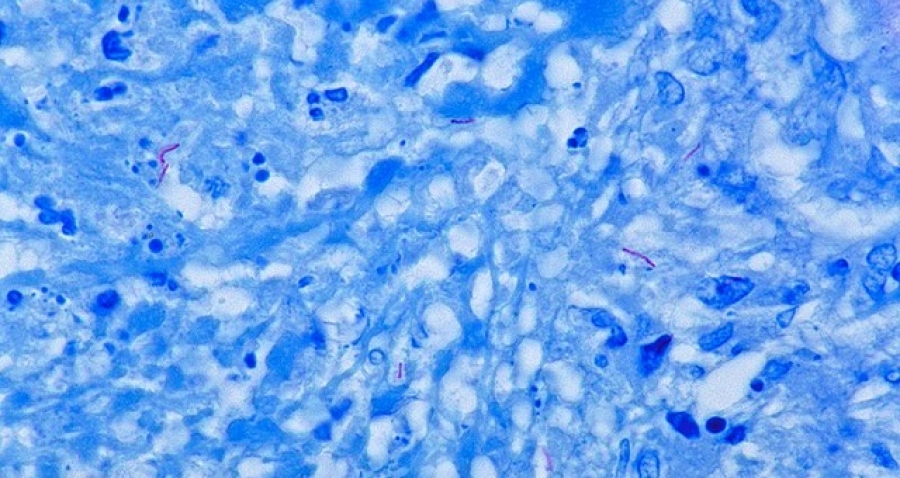
The research is published January 13th in Applied and Environmental Microbiology, a journal of the American Society for Microbiology.
The vaccine uses «biobeads» as a platform to present the antigens from the tuberculosis bacterium to the immune system. These biobeads are natural polyesters that certain
In earlier research, these investigators found that mycobacterial antigens displayed on the biobeads could induce
«From these observations, we developed the hypothesis that these proteins could also function as antigens," said Heiser. «If produced in Mycobacteria instead of E. coli, such biobeads should carry mycobacterial antigens on their surface, including many as yet undiscovered antigens which would have the potential to induce protective immunity." And that, in addition to antigens from M. tuberculosis and M. bovis that they would deliberately engineer onto the biobeads, would boost immune response to the vaccine, he said.
But unlike E. coli, Mycobacteria lack the enzymes necessary to assemble biobeads, said Heiser. So they developed new cloning strategies that enabled expression of those enzymes in M. smegmatis, a mycobacterium that does not cause tuberculosis. Using M. smegmatis instead of
Following production of the biobeads, «We killed and broke up the bacteria, and purified the biobeads," said Heiser. «They are completely natural, and have been shown to be biodegradable.»
«We then used these mycobacterial biobeads to vaccinate mice and tested the mice for immune responses," said Heiser. «We saw evidence of
Thus, said Heiser, mycobacterial biobeads would provide a new platform for combining a large antigenic repertoire, comparable to that of live vaccines, with high safety through the use of
In 2015, 10.4 million people contracted tuberculosis, and 1.8 million died, worldwide, according to the World Health Organization. Nearly half a million of the new cases were


